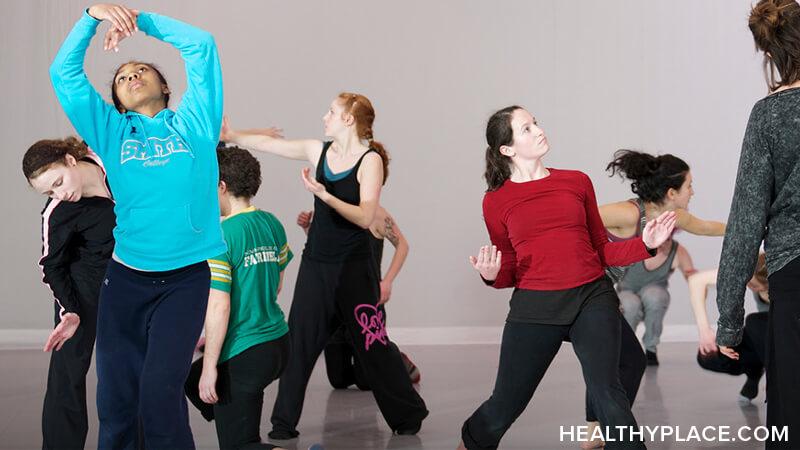
Much to my surprise, ecstatic dance has helped my self-esteem. For much of my life, I struggled with my mental health, and my self-esteem suffered deeply as a result. Anomalous thoughts and perceptions shadowed my every step, draining the color from my world and leaving me feeling isolated and insignificant. One day, however, I discovered a tool that helped me find a way out of that darkness: ecstatic dance. This form of creative expression brought unexpected joy and a newfound sense of self-esteem into my life.
Improving Self-Esteem with Ecstatic Dance
It began almost accidentally. I attended a local dance event, curious but hesitant. As the music started and people around me moved freely, I felt a small but significant shift inside of me. I realized that through dance, I could channel my emotions in a way that words often failed to do. The act of moving my body became a refuge, a way to externalize my inner turmoil and give shape to my feelings. Ecstatic dance became a powerful means of creative expression, lifting my self-esteem with each movement.
Ecstatic dance is a broad term encompassing various styles and forms of free-form dance. For me, it began with just moving my body to the rhythm without any concern for how I looked or whether I was doing it "right." Soon, I found myself dancing regularly, letting the music guide me and allowing my body to express what my mind could not. Each dance session offered a new lens through which to view my experiences and emotions.
One of the most significant benefits of ecstatic dance was an improvement in my self-esteem. At first, I doubted my abilities, worrying that my dance was not "good enough." But gradually, I learned that the value of ecstatic dance is not in the perfection of the movements but rather in the freedom and authenticity. Engaging with dance helped me connect with myself on a deeper level, and each session, no matter how imperfect, became a testament to my resilience and creativity.
Expressing myself through dance provided a sense of accomplishment and purpose. It gave me a tangible way to measure my progress and growth. I began to see that my worth was not defined by external standards but by my own willingness to explore, create, and share my unique perspective. This realization was empowering, and it bolstered my self-esteem.
Self-Discovery Through Ecstatic Dance and Self-Esteem
Another important aspect of self-esteem and ecstatic dance is that it fosters self-discovery and self-acceptance. Through dance, I was able to articulate thoughts and emotions that I had not fully understood before. The act of moving to the music forced me to confront my feelings head-on, leading to greater self-awareness and, ultimately, self-compassion. As I accepted and embraced my own experiences, I found it easier to forgive myself for my perceived shortcomings and to appreciate my strengths.
Engaging in dance also connected me to a broader community. I started attending regular dance gatherings, which were available online and in person. The feedback and support that I received were invaluable. I found that many people resonated with my experiences and appreciated my willingness to share. This sense of connection helped me feel less alone and reinforced the idea that my voice and movements mattered.
In addition to personal growth and improved self-esteem, ecstatic dance can serve as a powerful coping mechanism. When faced with overwhelming emotions, turning to dance provides a constructive outlet. Instead of bottling up my feelings or succumbing to negative thoughts, I can channel that energy into something productive and healing.
If you are struggling with your mental health, I encourage you to explore ecstatic dance. Start small, perhaps moving to music in the privacy of your room, join an online dance session, or attend a local dance event. The specific movements are not important; what matters is giving yourself permission to dance without judgment. Allow yourself the freedom to experiment, make mistakes, and discover new facets of yourself.
Ecstatic dance has helped me improve my self-esteem, foster self-discovery, and build connections with others. It has been transformative. Most importantly, it has given me a means to navigate my mental health journey with greater resilience and hope. Embrace the power of dance, and you may find it brings light to your darkest moments.